
Special Photo Report : First A400M of the Ejército del Aire
The First Airbus A400M of the Spanish Air Force
Ugo Vicenzi attended the formal presentation by the Ejército del Aire of its new A400M transport aircraft, the type will eventually replace the Spanish C-130 Hercules fleet.
The Ejército del Aire de España (Spanish Air Force) presented its new Airbus A400M during a press conference on May 30, 2017, at Zaragoza air base, headquarters of the Ala 31, the transport wing that the new airlifter is allocated to.
The first A400M for the Ejército del Aire, Manufacturer Serial Number 044, had already been delivered on December 1st, 2016, and had accumulated over 100 flight hours before its formal presentation, including a trip to Mexico with a stopover in Washington. The significance of the transatlantic flight was proudly explained by Colonel Andrés Gamboa, commander of Ala 31, who compared the direct flight Zaragoza–Washington achieved in 9 hours and 50 minutes, with a similar flight performed with the C-130 Hercules, that required two overnight stops. Col. Gamboa described the acquisition of the A400M as “a significant qualitative leap for Wing 31", and said that: "Moving from C-130 Hercules to A400M has been like exchanging a typewriter for a computer". The impressive specifications of the A400M list a length of 45.1 meters (148 ft) and a wingspan of 42.4 meters (139 ft 1 in), capable of loads up to 37 tons (81,600 lb), or 116 soldiers with full equipment. The TP-400 turboprop-driven aircraft has the capability to fly distances up to 4,800 nm / 8,900 km, at a cruising altitude up to 37,000 ft (11,300 m), and at a maximum cruise speed of up to Mach 0.72.
The A400M MSN044 has the Spanish designation T.23-01, serial 10074 and is coded 31-21. The second A400M aircraft for Spain is now in the final stage of assembly at the Airbus Defence and Space factory in San Pablo near Seville. The aircraft MSN 070 is expected to be received by the Ejército del Aire by the end of 2017, it will be designated TK.23 as the refuelling equipment for its tanker duties will be added. Two or three more aircraft are expected in 2018.
Today, there are four Spanish crews qualified on the A400M. The transition of aircrew to the A400M away from the Hercules is a cause for concern for the Air Force, as Hercules crews are needed for operations, but they don’t want to have its pilots operating C-130 and A400M at the same time, for safety reasons, to avoid any potential problems due to the procedural differencesbetween the two transport types. So A400M operational flights are not yet planned, in the words of Col. Gamboa, first "We want the gear to work. Then there will be tactical flights."
Spain ordered a total of 27 aircraft for the Ejército del Aire, which now intends to operate only 14 aircraft with Ala 31 as sole A400M unit. Spain plans to sell the other 13 aircraft, prospects include Mexico, where the aircraft has made a very good impression, and Chile where the A400M impressed during its test campaign. Chile previously intended to procure three A400Ms from Airbus, but no order was placed.
The A400M will perform several duties in the Ejército del Aire, from the basic transport duties to deploying up to 116 paratroopers. For the latter, the capability is still evolving, due to the aircraft’s design it is not safe for parachutists to simultaneously exit through the two side doors as first envisaged, since the aerodynamics of the plane causes the risk of crossover, the parachutists colliding with each other. For now, the parachutists exit from only one of the doors to avoid the risk.
Despite being significantly larger in size than the C-130, the A400M can also deliver cargo flying at just five meters from the ground and its twelve-wheeled landing gear allows it to land on unpaved runways.
Finally, the A400M will also be the new tanker for the Spanish Air Force, also in this case replacing the C-130, thanks to the ability to air refuel planes and helicopters. In the tanker configuration, the A400M is equipped with two wing-mounted hose and drogue systems, providing a fuel flow of up to 1,200kg/min (400 US gal) for each pod, plus a centreline pallet-mounted hose drum unit fitted in the rear cargo bay, which provides a fuel flow of 1,800kg/min (600 US gal). For helicopter refuelling a longer hose needs to be used, reducing the fuel flow rate. Up to two cargo bay fuel tanks (CBT) can be installed, connected directly to the A400M's fuel management system. The A400M has a total fuel capacity of 46.7t or up to 58t with the CBTs fitted.
The A400M features the military mission management system (MMMS), which includes two mission computers. The MMMS controls cargo handling and delivery, calculating the load plan and the computed air release point before an air drop, as well as fuel management and fuel operational ranges. The MMMS also manages the tactical ground collision avoidance system (T-CGAS) and military / civil communications. The Loadmaster Control System for electronic cargo control, developed by Rheinmetall Defence, provides the loadmaster with modernized means to manage the cargo hold, during ground loading/unloading operations and in flight. Fly-by-wire controls are also new compared to current Hercules in use. Thanks to the sophisticated systems enable more efficient operations with a crew of just three, but also demand new skills to be acquired by the crew.
Captain Pablo Guerrero is one of the pilots that is already qualified on the A400M and he acknowledged that the new aircraft presents a change of philosophy compared to current operations, justifying that crews are not interchangeable between the C-130 and A400M. Qualification training takes three months and is carried out at Seville. According to Capt. Guerrero: “The pilot goes on to manage the cockpit more than to fly the aircraft. You have a lot of work on the ground to prepare the flight before departure. Flying at the logistics level (phase in which we are now) this is rather boring, on the tactical level sure that is more fun". The general behaviour of the aircraft was reported as “very good” by the A400M pilots, many of their fellow Ala 31 pilots eager to start their new adventure on the new type.
A new maintenance facility has been realized in Zaragoza, also presenting a quantum leap from the old maintenance facilities. An Airbus team is currently supporting Ala 31 in the handling and maintenance of the aircraft.
Report and photos by Ugo Vicenzi ( view portfolio )
See also our coverage of the A400M interior during the RNZAF 80th Anniversary 2017 Air Tattoo: A400M for New Zealand?
Last Modified: 30 June 2017
Update log:
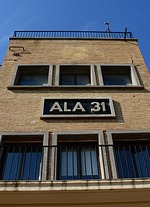

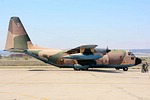
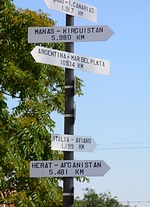
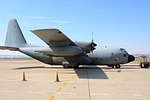
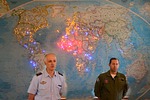

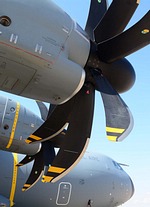
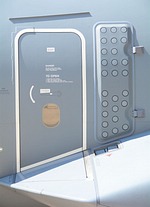

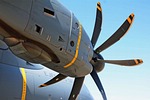
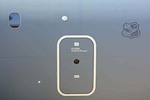
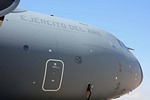
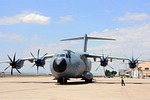
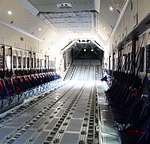
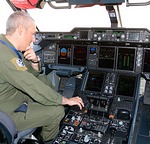
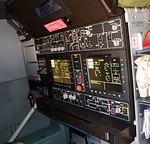
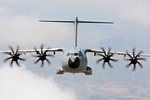
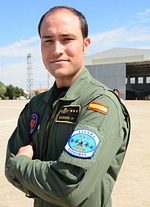
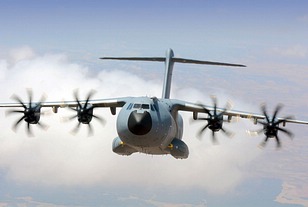
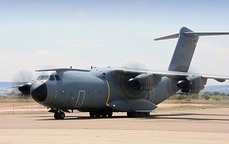
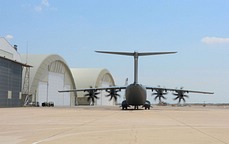
 Back to Index
Back to Index